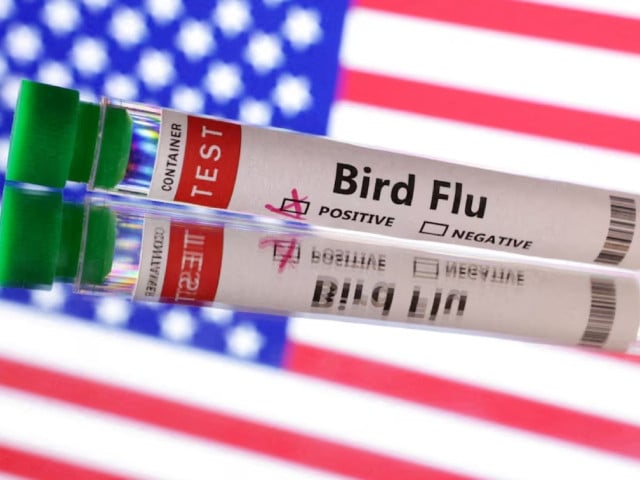
The Centers for Disease Control and Prevention (CDC) has announced the confirmation of two human cases of H5N1 bird flu in California.
These cases were reported, on October 3, 2024, among farmworkers with occupational exposure to infected dairy cows, marking the first human instances of this virus in the state.
An ongoing investigation led by California health authorities aims to track the spread of the virus.
Both individuals tested positive for the virus after exhibiting mild symptoms, primarily conjunctivitis, characterized by redness of the eyes.
This symptom can occur if the virus comes into contact with the eyes, such as through touching one’s face after handling infected materials or being splashed with infected milk.
Notably, neither worker experienced respiratory symptoms nor required hospitalization, and there is currently no known link between the two cases, suggesting separate instances of animal-to-human transmission.
The CDC maintains that the overall risk to the general public remains low, although farmworkers face heightened exposure risks.
To mitigate these risks, health officials recommend that individuals working with potentially infected animals wear personal protective equipment (PPE), including face shields, masks, gloves, and goggles.
The H5N1 bird flu virus has been prevalent in wild birds and has led to numerous outbreaks in poultry since 2022.
This year marked a significant development, as H5N1 was detected in cattle in the US with outbreaks first reported among dairy herds in California in August 2024.
Since then, a total of 16 human cases of H5N1 have been recorded in the US during 2024, with previous cases linked to workers in Texas, Colorado, and Michigan.
One case in Missouri remains unexplained regarding its source of infection.
As public health officials remain vigilant, the CDC is collaborating with California's health authorities to support efforts aimed at preventing further spread of H5N1 among humans.
They are conducting additional analyses of the virus, including sequencing and isolating the strains, to better understand the transmission dynamics and implement necessary precautions.
Previously, WHO announced initiatives to fast-track development of vaccines for human bird flu infections in low-income countries, utilizing advanced messenger RNA technology.
Argentinian company Sinergium Biotech will spearhead this project and has already begun working on candidate H5N1 vaccines.
Since its emergence in 1996, H5N1 bird flu has seen a dramatic rise in outbreaks among birds, especially since 2020, with increasing transmission to mammals, including cattle and a few humans in the US.
This trend has raised concerns about the potential for a future pandemic. Sinergium aims to establish proof-of-concept for its vaccine candidates in preclinical models, according to the WHO.
Health experts continue to monitor the situation closely, as each new human infection presents an opportunity for the virus to mutate and potentially adapt for easier transmission between people, raising concerns about the possibility of a wider outbreak in the future.


1727911561-0/Untitled-design-(37)1727911561-0-165x106.webp)










1727687170-0/Untitled-design-(2)1727687170-0-270x192.webp)






COMMENTS
Comments are moderated and generally will be posted if they are on-topic and not abusive.
For more information, please see our Comments FAQ